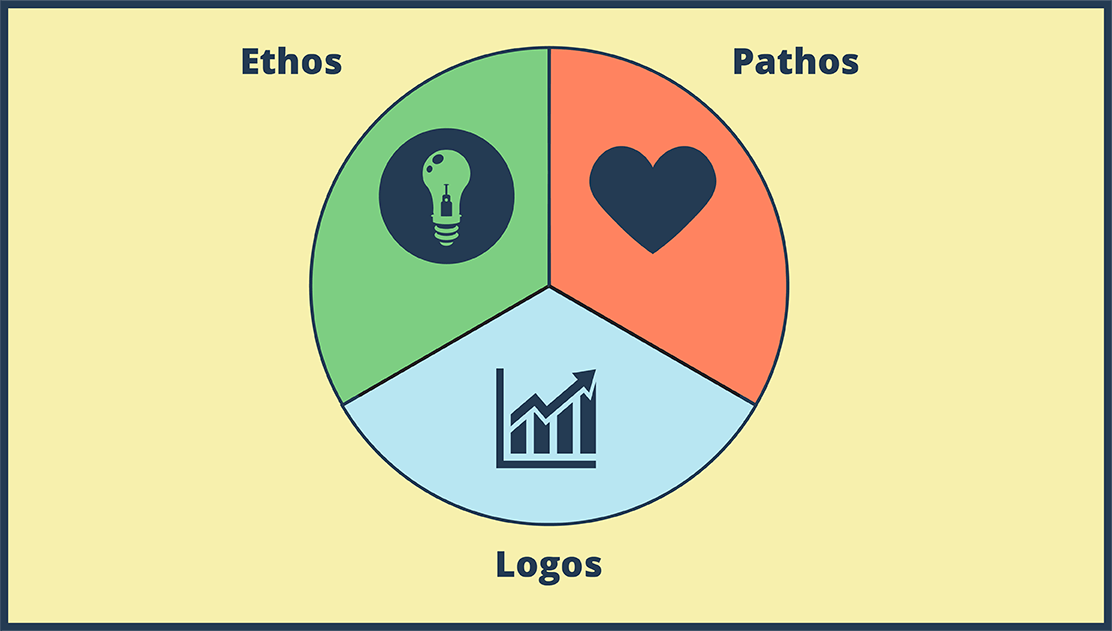Reproduction

Jūs galite rasti šią storyboard toliau išvardytuose straipsniuose ir išteklių:

Reprodukcinių Organizacijų Mokymas
Patrick Healey Pamokos Planai
Paauglių mokymas apie reprodukcinius organus gali būti nepatogi užduotis. Šios temos mokslinis požiūris sumažins didžiąją dalį to streso. Reprodukciniai organai galioja visiems. Tai yra mūsų kūnų anatomija ir moksliniu požiūriu tai niekuo nesiskiria nuo diskusijų apie širdį, smegenis ir kt.
'
Peržiūrėkite keletą kitų mūsų edukacinių straipsnių!
Siužetinės Linijos Aprašymas
Human Reproduction - The path of reproductive cells
Siužetinės Linijos Tekstas
- Skaidrė: 1
- PATH OF REPRODUCTIVE CELLS
- Reproduction
- Reproduction can be a complicated process. Let's break it down and find out how it works!
- Reproduction can be made simple by following the development and path of reproductive cells.
- Skaidrė: 2
- REPRODUCTIVE CELLS
- Sperm cells are the male reproductive cells formed in the testes. An egg is the female reproductive cell formed in the ovaries.
- Skaidrė: 3
- TESTIS
- Testes are egg-shaped organs where the sperm is produced. Testes are made up tightly coiled tubes called seminiferous tubules.
- Skaidrė: 4
- EPIDIDYMIS
- After being produced in the seminiferous tubules, sperm travel to the epididymis, where they mature.
- Skaidrė: 5
- VAS DEFERENS
- The vas deferens is a long tube that connects the epididymis to the urethra. This is the path for sperm cells.
- Skaidrė: 6
- PROSTATE
- The prostate secretes an alkaline (basic) fluid that neutralizes the acids in the female reproductive system.
- Skaidrė: 7
- SEMINAL VESICLES
- Seminal vesicles produce a fluid rich in sugars that sperm use for energy. This fluid, added with the fluid from the prostate gland, will be combined with sperm cells to make semen.
- Skaidrė: 8
- URETHRA AND PENIS
- Sperm leave the body by passing through the urethra. The penis deposits sperm in the female reproductive system during sexual activity.
- Skaidrė: 9
- OVARIES
- Each month, the female reproductive system prepares for a possible pregnancy by releasing a mature egg cell from the ovaries.
- Skaidrė: 10
- VAGINA
- The vagina is a muscular canal that leads from the outside of the body to the uterus. Sperm cells enter through the vagina during intercourse.
- Skaidrė: 11
- CERVIX
- The cervix is a narrow portion at the bottom of uterus that provides an opening to the uterus from the vagina. The cervix will need to dilate during labor.
- Skaidrė: 12
- UTERUS
- The uterus is a hollow, muscular organ which expands during pregnancy. The uterine walls build up and break down during the ovulation cycle, causing menstruation.
- Skaidrė: 13
- FERTILIZATION
- When a sperm cell and egg unite, cell division begins. If fertilization takes place, it will happen in the fallopian tubes.
- Skaidrė: 14
- FALLOPIAN TUBES
- The fallopian tubes serve as a passageway for the ovum from the ovary to the uterus. Smooth muscle contractions and cilia move ovum towards the uterus.
- Skaidrė: 15
- UTERUS
- If an ovum is fertilized, it will implant in the wall of the uterus, starting the first stages of pregnancy.
- Skaidrė: 16
- PATH OF REPRODUCTIVE CELLS
- Reproduction
- The first signs of pregnancy usually show up after about two weeks. About half the time, a fertilized egg does not implant and pregnancy will not begin.
- Skaidrė: 0
- That wasn't so bad! Are there any questions?
Sukurta daugiau nei 30 milijonų siužetinių lentelių
Nereikia Atsisiuntimų, Nereikia Kredito Kortelės ir Nereikia Prisijungti!



